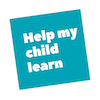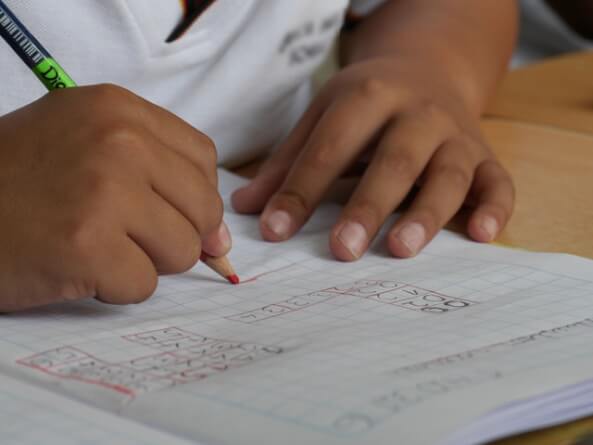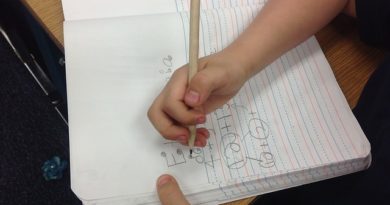Checking Your Child’s Writing Readiness Skills
If your child is having a hard time with handwriting, scissors, coloring in the lines, or other fine motor academic skills, it might be a good time for checking your child’s writing readiness skills, to make sure they’re mature.
CLICK HERE to learn more about how the brain matures, and why missing foundational skills can make learning difficult for your child.
Often if a child is having trouble writing, you will see the following problems:
- Can’t pick up coins or puzzle pieces. Can’t use tweezers. Fumbles a bit.
- Can’t hold a pencil correctly– awkward grasp
- Has a difficult time controlling pencils or crayons. Can’t color inside lines or draw circles or triangles
- Hand hurts if draws or writes
- Poor hand-eye coordination
- Messy or slow handwriting
- Can’t recognize letters if you draw them on their back.
- Dyslexia: poor letter recognition and memory
- Uses alternate feet to walk down stairs, swings alternate arm forward when skipping
- Able to cross over the midline easily
![]()
What are the Pre-Writing Skills?
We’ve used many different resources to help our children strengthen pre-writing and writing skills. We’re going to link to some of them here. Each of these websites has great information. This website has a great overview of pre-writing skills and how to develop them.
- Holding pencil correctly
- Pushing the correct amount to make the pencil/pen move.
- Hand and Finger Strength
- Hand eye coordination. Can reach out and touch what they mean to touch.
- Bilateral Integration: using the two hands to do different things as the same time. Can use knife and fork, scissors, zippers.
- Strength and dexterity of the fingers separate from the thumb. Can do different things with different fingers. Point finger. Poke. Rest side of hand on table and make circles with finger.
- Keeping letters and numbers on a straight line.
- Spaces between words and letters.
Foundational Skills are Important
Pre-writing skills are tied to the important foundational skills that we describe in this post. Please take a look. The foundational skills develop on top of one another, and if your child is missing lower-level foundational skills, you’ll need to help them develop those before they can master handwriting.
Every child eventually develops foundational skills. It can take longer for some, however, and you can help with exercises at home.
The best way to deal with missing or immature pre-writing skills is to have your child looked at by a pediatric occupational therapist. The occupational therapist will give your child a full evaluation during the first visit, and will then develop a plan to help your child’s brain develop through physical exercises.
For more information, you can go to our Big Checklist and answer the questions for motor skills. You can visit an occupational therapist and just go to one appointment, if that’s all you can afford. Then you can pay the OT to give you advice on what to do first. Some OTs will work with you in this fashion.
![]()
OT websites Have Exercises for Home
There are several OT websites that give great advice and have booklets and videos. Here are two of our favorites:
OT Mom is the website we’ve been following for the longest time. OT Mom is Tracey leRoux, a homeschooling mom and OT from South Africa. Her site is full of great, pragmatic ideas, resources, like her ebooks, which help teach you how to help your child develop specific skills, and all sorts of other instructions.
OT Toolbox is a website for OTs, parents, and teachers. It’s full of instructions, and also sells tools and resources. One of our favorite articles is 31 days of occupational therapy with free materials.








